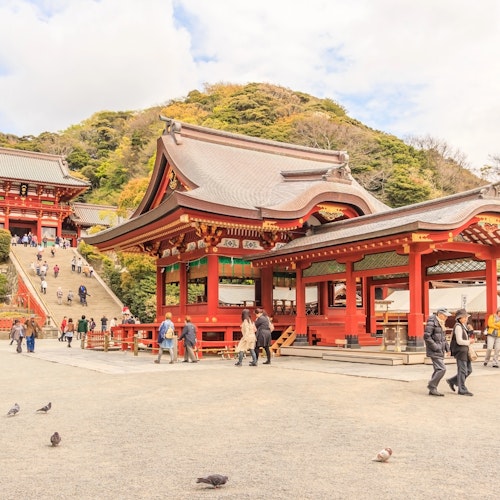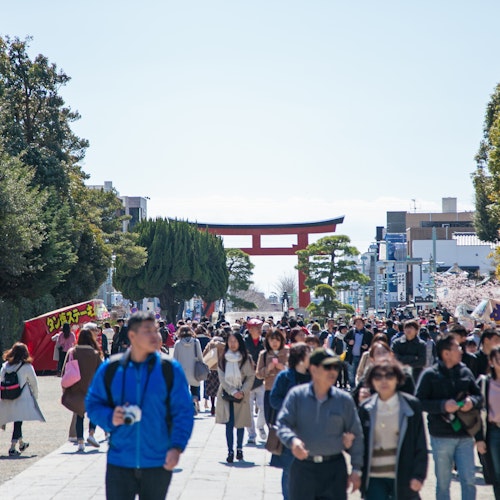Hiking the Sacred Kumano Kodo: A Guide to Japan's Pilgrimage Route

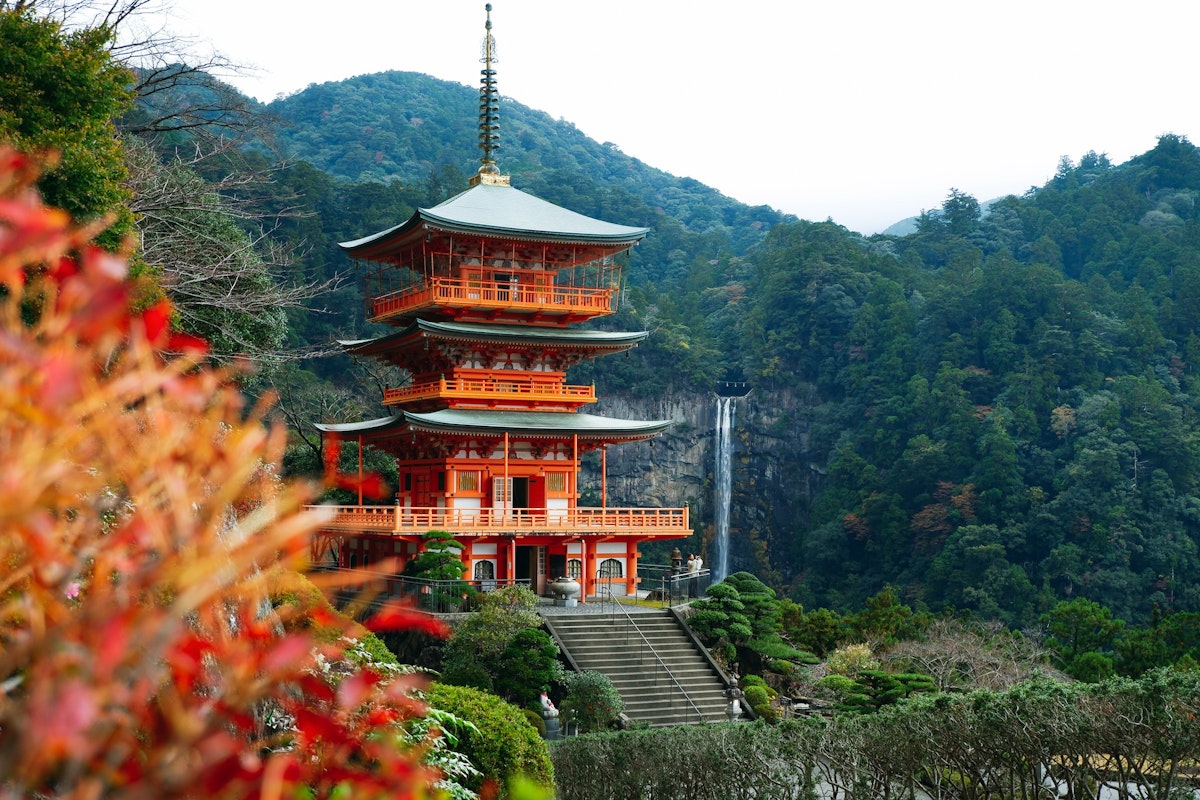
Nestled amidst the breathtaking landscapes of Japan lies a trail that beckons adventurers and pilgrims alike, offering a transformative journey like no other—the Sacred Kumano Kodo. For centuries, this venerable pilgrimage route has drawn individuals seeking solace, spiritual enlightenment, and a profound connection with the natural world. As you embark on this extraordinary odyssey, you will not only immerse yourself in awe-inspiring natural wonders but also unravel the tapestry of Japanese history, culture, and religious traditions that have shaped the very essence of the Kumano Kodo.
Traversing the picturesque Kii Peninsula, the Kumano Kodo comprises a network of trails that wind their way through majestic mountains, serene valleys, and enchanting coastal regions. With each step, you will walk in the footsteps of emperors and peasants, aristocrats and commoners, all united in their pursuit of something greater. At the heart of this sacred route lies the Kumano Sanzan, the Three Grand Shrines of Kumano, revered as the spiritual apex of the pilgrimage. These ancient sanctuaries, with their elegant architecture and profound tranquility, have served as beacons of faith for pilgrims for centuries, drawing them into a world where the boundaries between the physical and the spiritual blur.
History of the Kumano Kodo
The Kumano Kodo boasts ancient roots that trace back over a millennium to the Heian period, an era characterized by the flourishing of Japanese culture and spirituality. During this time, the practice of pilgrimage gained prominence, and the Kumano region emerged as a sacred destination. Pilgrims sought solace, enlightenment, and communion with the divine as they embarked on the arduous journey along the Kumano Kodo.

This pilgrimage served as a means of spiritual purification, allowing pilgrims to detach from worldly concerns and immerse themselves in the natural beauty of the Kii Peninsula. It became a transformative quest, a path that transcended the physical realm to connect individuals with their inner selves and the profound mysteries of the universe.
The Kumano Sanzan - The Three Grand Shrines of Kumano
At the heart of the Kumano Kodo lie the three grand shrines known as the Kumano Sanzan. These sacred sanctuaries, Kumano Hongu Taisha, Kumano Nachi Taisha, and Kumano Hayatama Taisha, have stood as beacons of faith for countless pilgrims throughout history. Each shrine is dedicated to a specific deity associated with nature, life, and protection.
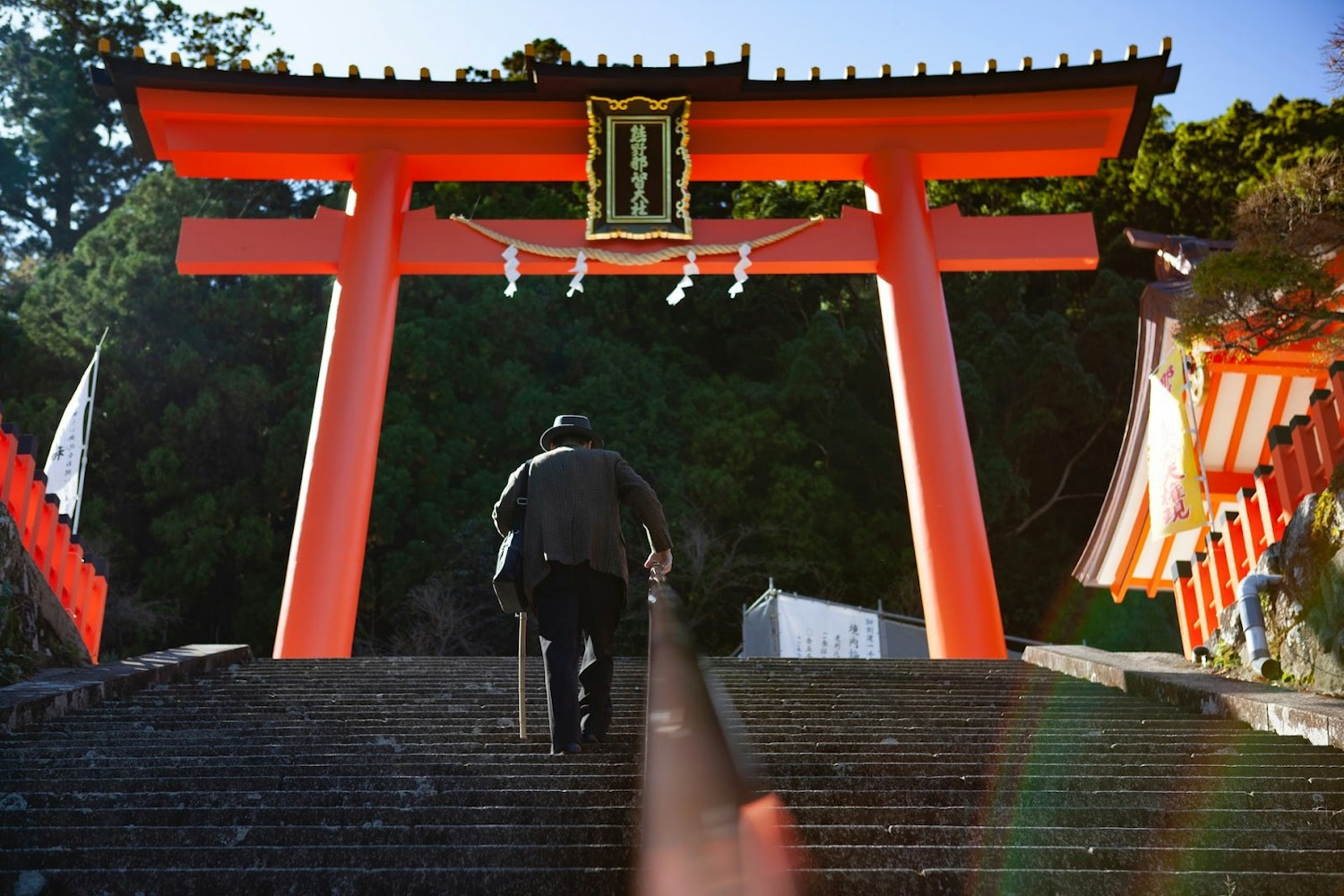
Pilgrims would undertake the demanding journey to pay their respects, seeking blessings, spiritual guidance, and healing. The Kumano Sanzan, with its exquisite architectural beauty and serene settings, evokes a sense of reverence and awe. They continue to serve as powerful symbols of Japan's spiritual heritage, inviting pilgrims and visitors to experience the profound energy that permeates the Kumano Kodo.
Comparison with the Camino de Santiago
While the Kumano Kodo and the Camino de Santiago in Spain are both revered pilgrimage routes, they possess distinct characteristics and historical contexts. The Camino de Santiago, also known as the Way of St. James, holds significant religious importance in Christianity, as pilgrims journey to the Cathedral of Santiago de Compostela, believed to house the remains of St. James the Apostle.

In contrast, the Kumano Kodo is deeply rooted in the Shinto and Buddhist traditions of Japan, reflecting the country's rich spiritual tapestry. While both routes provide transformative journeys, the Kumano Kodo's serene beauty, lush landscapes, and fusion of nature and spirituality create a distinctive experience. The UNESCO recognition of both routes highlights their cultural and historical value, offering pilgrims and adventurers the opportunity to immerse themselves in the spiritual heritage and natural wonders that define these remarkable pilgrimage trails.
Understanding the Trail
The Kumano Kodo offers various paths, each with its own distinct features and historical significance. One of the main routes is the Nakahechi, often referred to as the Imperial Route. This path was traditionally used by emperors and nobles during ancient times and showcases the grandeur and prestige associated with the pilgrimage. Along the Nakahechi, pilgrims can explore picturesque villages, tranquil forests, and scenic valleys, passing by ancient shrines and stone markers that bear witness to the footsteps of countless seekers who came before.
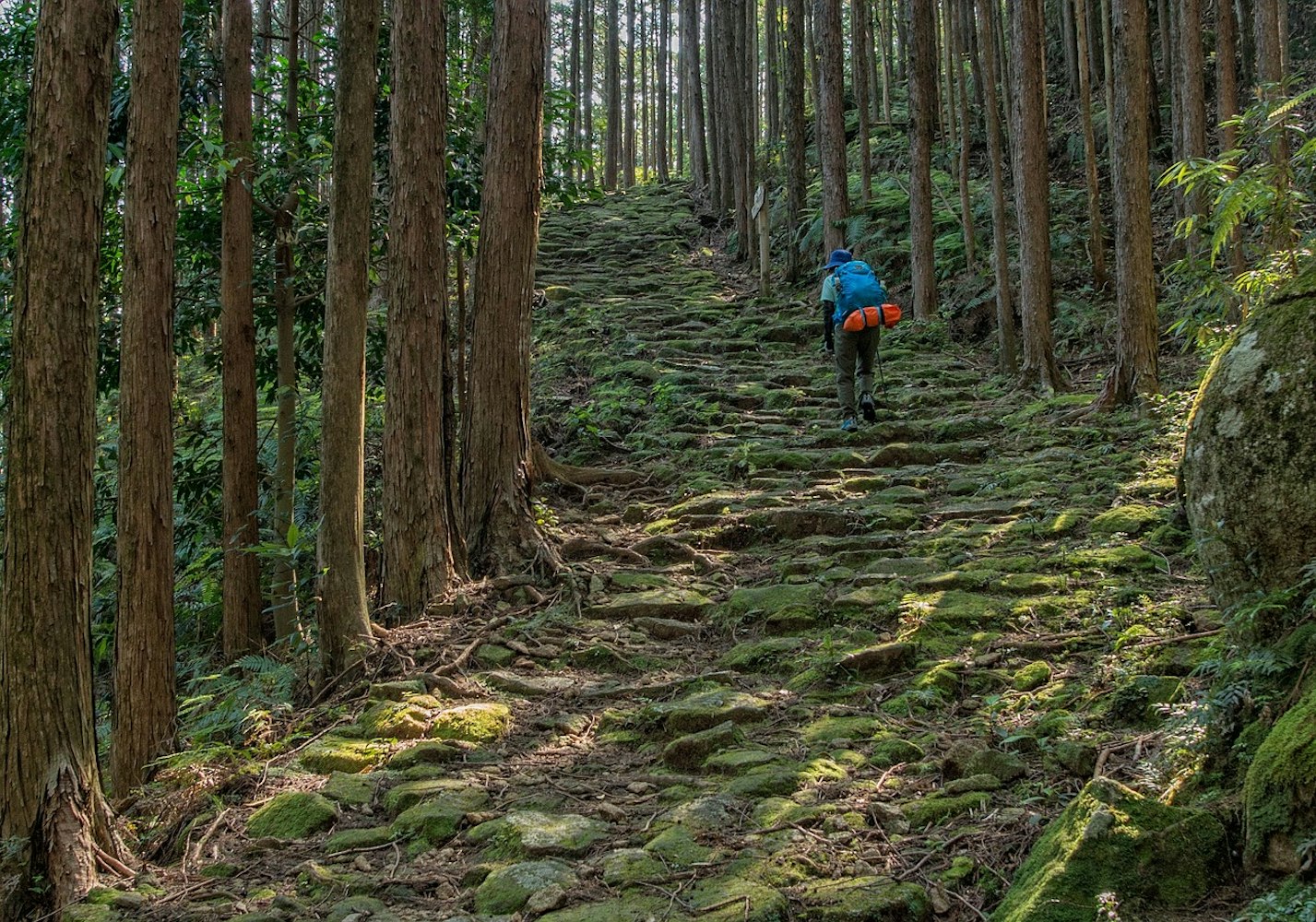
In addition to the Nakahechi, the Kumano Kodo presents other notable routes, including the Kohechi, Ohechi, Iseji, and Omine Okugake. The Kohechi route, known as the Mountain Route, provides a more challenging and remote experience, taking pilgrims through rugged terrain and high mountain passes. The Ohechi route follows the coastline, allowing hikers to enjoy breathtaking views of the Pacific Ocean and the rugged cliffs that frame the trail. The Iseji route connects the Kumano Kodo to the famous Ise Grand Shrine, a significant Shinto pilgrimage site. Lastly, the Omine Okugake route, often considered the most demanding, traverses the sacred mountains of the Omine Range, providing pilgrims with a profound and austere spiritual journey.
Natural Wonders Along the Path
The Kumano Kodo is not only a pilgrimage of the spirit but also a chance to immerse oneself in the beauty of nature. The trail showcases a diverse array of flora and fauna, adding to its allure. As hikers make their way through dense forests, they encounter towering cedar and cypress trees that have stood for centuries, creating a sense of awe and serenity. Along the path, wildflowers carpet the landscapes in vibrant hues, offering a picturesque contrast against the greenery.
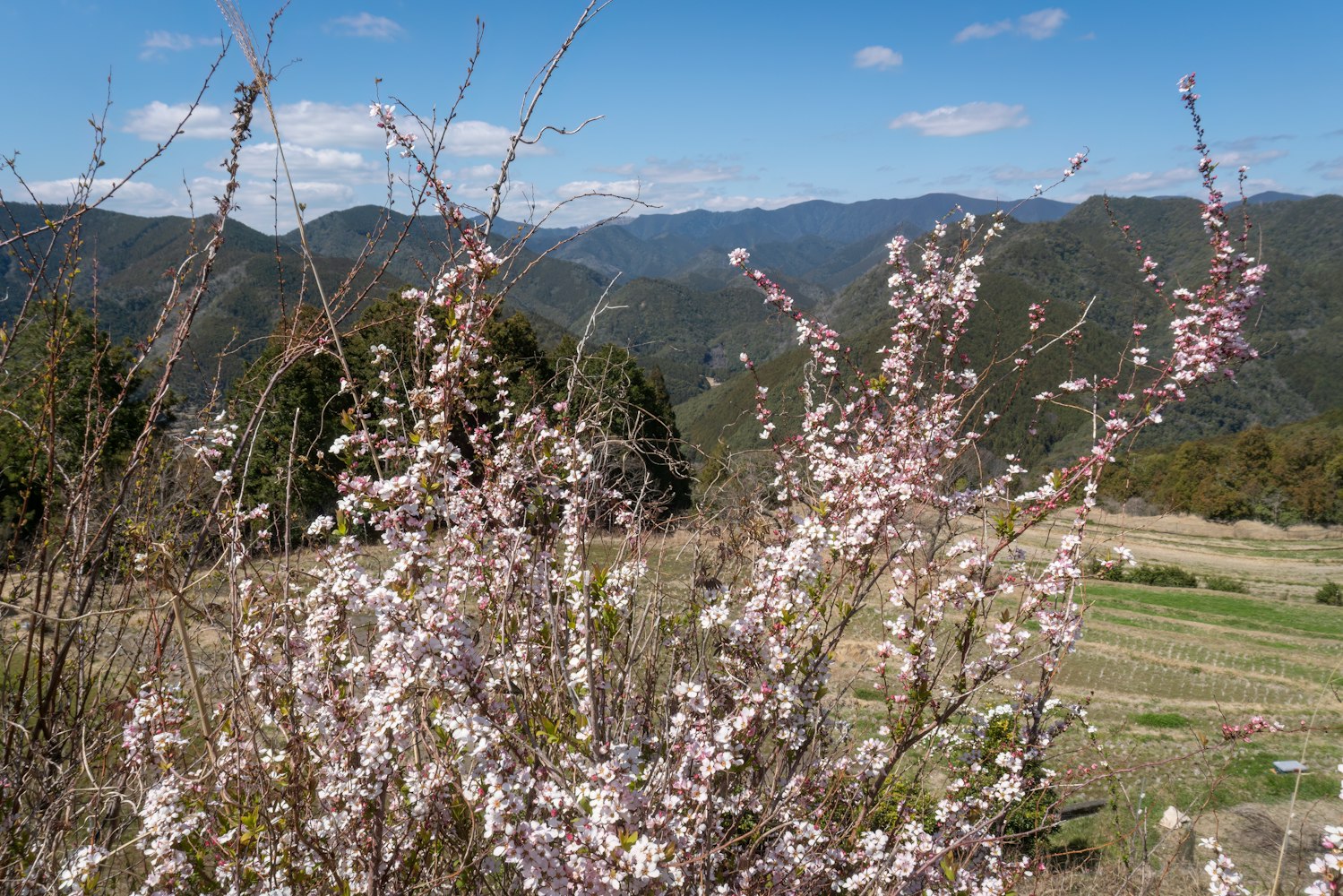
Beyond the enchanting flora, the Kumano Kodo also unveils breathtaking mountain and coastal vistas. From the summits of the mountains, hikers are rewarded with sweeping panoramic views of valleys below and distant peaks on the horizon. The coastal sections of the trail provide glimpses of the majestic Pacific Ocean, where waves crash against rugged cliffs and dramatic rock formations. These awe-inspiring landscapes inspire a sense of wonder and provide moments of tranquility, allowing pilgrims to connect with nature and experience the profound serenity that permeates the Kumano Kodo.
Meeting the Oji: Subsidiary Shrines Along the Route
As you embark on the Kumano Kodo, you will encounter numerous subsidiary shrines known as Oji. These sacred sites are nestled along the trail, offering pilgrims moments of reflection and reverence. Each Oji holds its unique significance and adds depth to the spiritual journey.
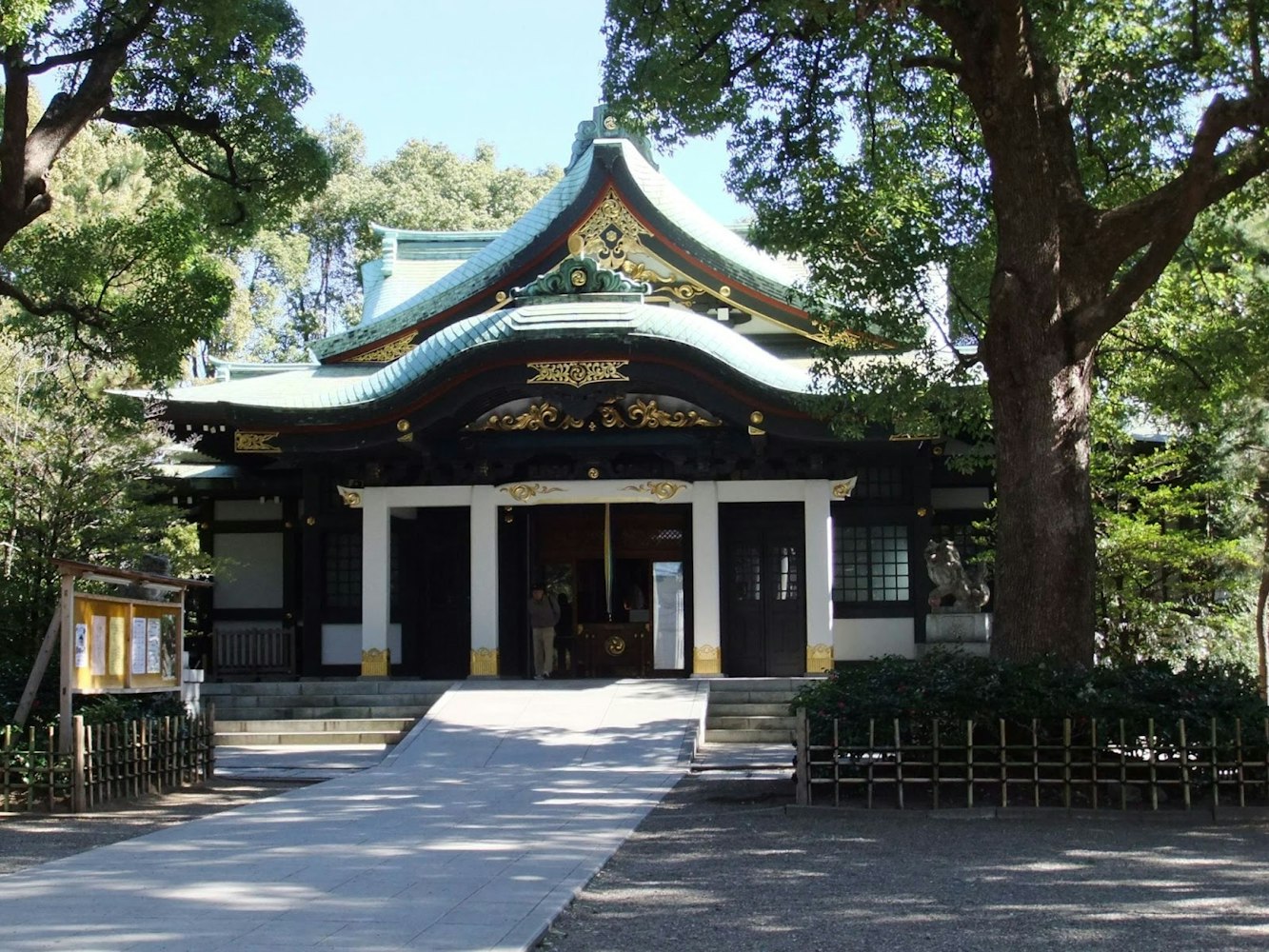
These smaller shrines often feature stone torii gates, stone statues, and simple structures that blend harmoniously with the surrounding natural beauty. Visiting the Oji allows pilgrims to pause, offer prayers, and pay homage to the deities enshrined there. It is a chance to connect with the spiritual essence of the Kumano Kodo and appreciate the profound history and cultural heritage woven into every step of the pilgrimage.
The Beauty of Traditional Japanese Ryokans
A hallmark of the Kumano Kodo experience is the opportunity to stay in traditional Japanese ryokans, offering an authentic glimpse into Japanese hospitality and lifestyle. These traditional inns are renowned for their warm welcome, serene atmosphere, and attention to detail.

Ryokans along the Kumano Kodo provide pilgrims with a peaceful retreat at the end of a long day's journey. The hospitality of the Ryokans is truly remarkable, with gracious hosts ensuring that guests feel comfortable and well cared for. From the meticulous arrangement of the tatami-matted rooms to the exquisite kaiseki meals showcasing regional specialties, staying in a ryokan is a unique cultural experience that enhances the spiritual journey on the Kumano Kodo.
Preparing for the Journey
Before embarking on the Kumano Kodo pilgrimage, it is essential to engage in physical preparation and ensure you have the necessary gear. The trail can be demanding, with steep ascents, uneven terrain, and long distances to cover. To ensure a comfortable and enjoyable experience, it is advisable to engage in regular training that includes cardiovascular exercises, strength training, and hiking to build endurance and stamina. Gradually increasing the intensity and duration of your training will help prepare your body for the challenges of the trail.

Packing the right gear is also crucial for a successful journey along the Kumano Kodo. Some essential items to pack include:
Sturdy and comfortable hiking shoes or boots
Moisture-wicking clothing to stay dry and comfortable
A hat, sunscreen, and insect repellent
A lightweight and durable backpack for carrying your belongings
Water, snacks, and a first-aid kit
A rain jacket, hiking pole, map, or guidebook of the trail
A portable charger for electronic devices
Being well-prepared with the right gear will ensure you have a safe and enjoyable experience on the Kumano Kodo.
Cultural and Spiritual Preparation
Preparing culturally and spiritually is also important for the Kumano Kodo pilgrimage. Respecting the sanctity of the path and the sacred sites is essential. This includes observing proper etiquettes, such as maintaining a peaceful ambiance and avoiding excessive noise to show respect to fellow pilgrims and local communities.
Embracing Japanese customs and traditions enhances the Kumano Kodo experience. Familiarize yourself with etiquette like bowing as a sign of respect, removing shoes when entering temples or ryokans (traditional inns), and following proper dining etiquette. Learning about Shinto and Buddhist practices will deepen your understanding of the spiritual traditions intertwined with the pilgrimage. Participating in rituals like offering prayers at shrines or engaging in purification rituals can further enrich your connection to the trail and its cultural significance.
Conclusion
Hiking the Sacred Kumano Kodo is a remarkable pilgrimage that transcends the boundaries of the physical and spiritual realms. It offers an opportunity to delve into Japan's rich cultural heritage, connect with nature's beauty, and embark on a transformative journey of self-discovery. The Kumano Kodo's UNESCO recognition solidifies its status as a cultural treasure, emphasizing its significance and the need to preserve its legacy for future generations.
As pilgrims traverse the paths of the Kumano Kodo, they are greeted by subsidiary shrines that inspire reflection and reverence, while traditional Japanese ryokans provide a haven of tranquility and showcase the renowned hospitality of Japan. The culinary delights and the rejuvenating experience of onsens further enhance the pilgrimage, engaging all the senses and nurturing both the body and the soul. The Kumano Kodo beckons travelers from around the world to embark on a profound quest, where the natural wonders of the trail merge with the spiritual essence of Japan's religious traditions.

Experience another hiking adventure in Hiroshima.


